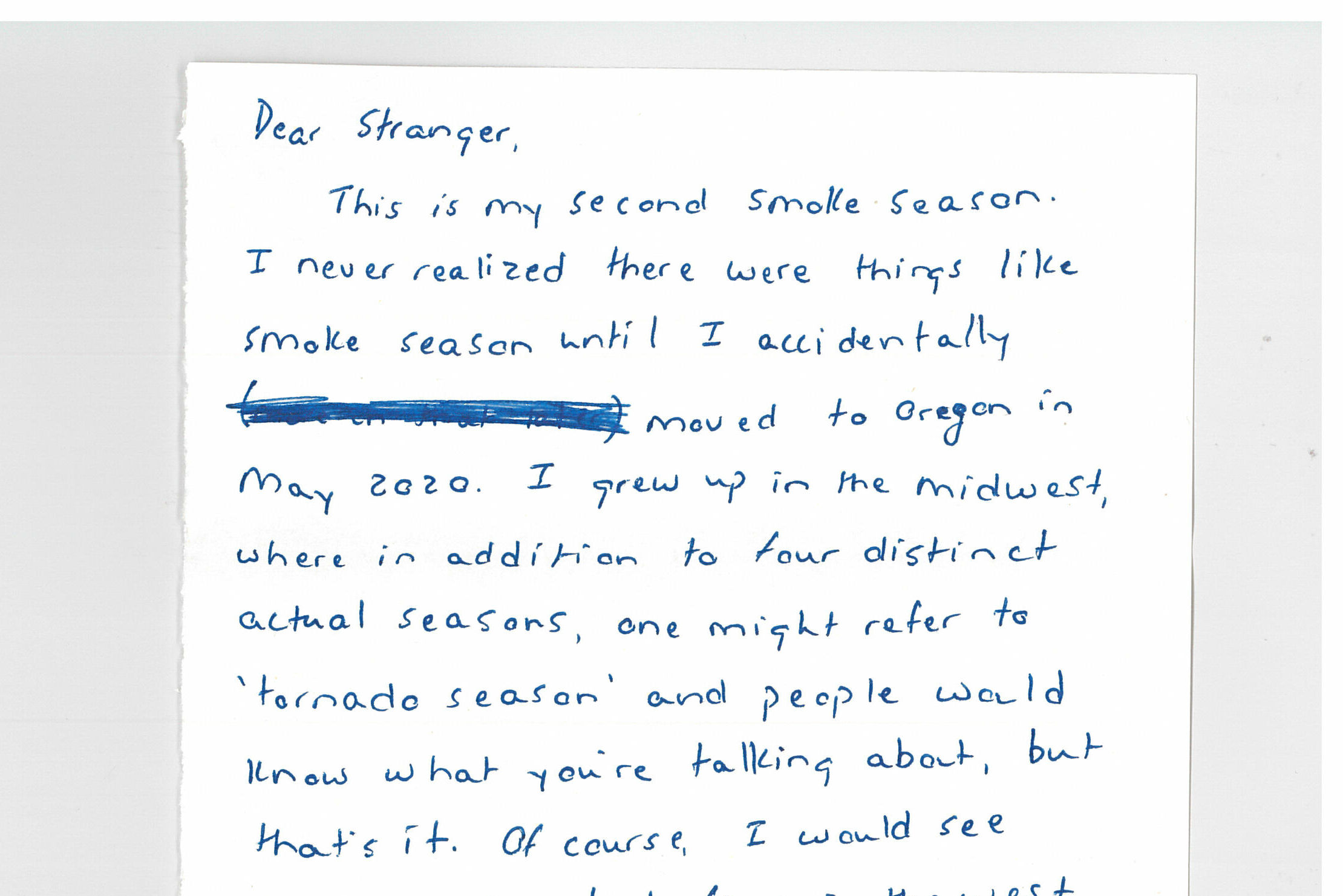Portland Art Museum Announces New $75 Million Rothko Pavilion
The Portland Art Museum is set to expand its campus with the construction of a pavilion commemorating abstract expressionist painter and longtime Portland resident Mark Rothko. The museum announced on Thursday that the new glass-walled structure will connect its two buildings, and will serve as a passageway between the Cultural District and the South Park Blocks. Doubling down on Rothko, the announcement came with the news that PAM has locked in 20-year partnership with the painter’s children—Christopher Rothko and Kate Rothko Prizel—who will lend some of their father’s major paintings from their own private collection to be displayed and rotated throughout the museum over the course of the next two decades.
Rothko, famous for his “multiform paintings” with contrasting rectangular blocks of color, arrived in Portland from Latvia in 1913 at the age of 10. The Lincoln High School graduate whose jubilant, stirring, and revolutionary creations profoundly impacted the artistic world of the 20th century, will now have his name permanently attached to his hometown’s preeminent artistic institution.
The museum is launching the public phase of a $75 million capital and endowment campaign to fund the project, with more than $25 million already raised—$21.75 million of the $50 million capital goal, and $5.4 million towards the $25 million endowment goal.
“We are deeply appreciative of Christopher and Kate's extraordinary generosity in sharing these works with the people of Portland, the state of Oregon, and visitors to our city,” said museum director and chief curator Brian Ferriso in a press release. “Our plans for the Rothko Pavilion bring together the elements of the Portland Art Museum’s mission: to present exceptional works of art, develop exhibitions that take new perspectives on human creativity, and increase public accessibility and inclusion.”
The three-story Rothko Pavilion will add 30,000 square feet of space to the museum, including 9,840 square feet of new gallery space. Construction is slated to begin in 2018, with an expected completion date of late 2020 or early 2021.








